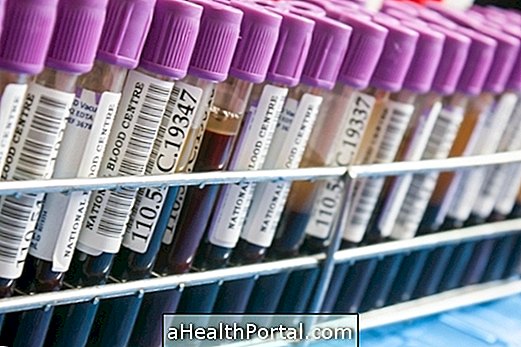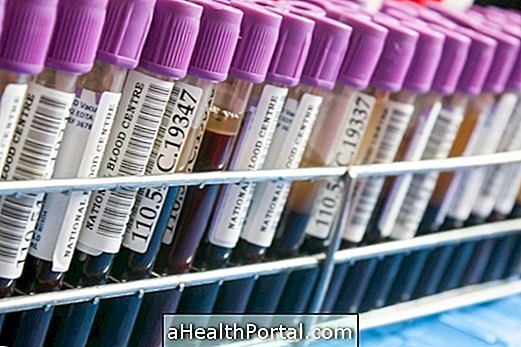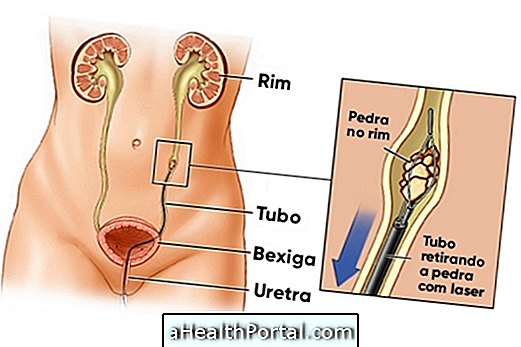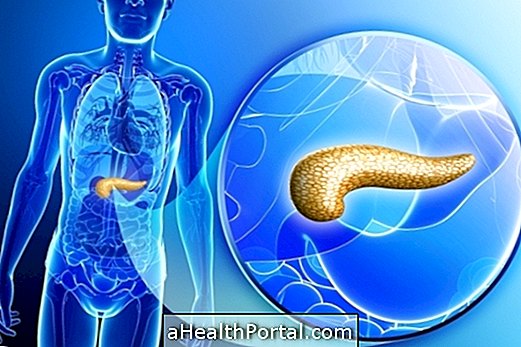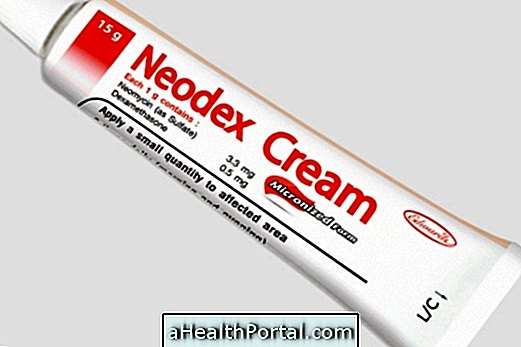Retinosigmoidoscopy is an examination indicated to visualize changes or diseases that affect the final portion of the large intestine. For its realization, it is introduced, through the anus, a tube that can be flexible or rigid, with a camera in the tip, able to detect lesions, polyps, bleeding foci or tumors, for example.
Although it is an examination similar to colonoscopy, rectosigmoidoscopy is distinguished by viewing only the rectum and the sigmoid colon, corresponding, on average, to the last 30 cm of the intestine. It also does not require complete bowel lavage, fasting, or sedation, as is the case with colonoscopy. Check out what it is for and how to prepare for the colonoscopy.
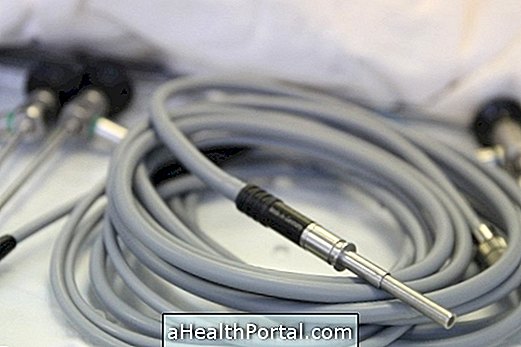
What is it for
Retrosigmoidoscopy is able to assess the mucosa of the end of the intestine, identifying lesions or any changes in this region. It may be indicated for the following situations:
- Identify nodules and polyps;
- To diagnose colorectal cancer;
- Observe the presence of diverticula;
- Identify and seek the cause of a colitis. Understand what colitis is and what it can cause;
- Diagnose lesions of the inflammatory disease intedtinal, such as Crohn's disease or ulcerative colitis;
- To detect colon and rectum infections, such as amebiasis, tuberculosis or intestinal schistosomiasis;
- Observe abnormal secretions of the intestine, such as mucus or pus.
In addition to visualizing changes through the camera, during biopsy, it is also possible to perform biopsies, to be analyzed in the laboratory and confirmed the change.
To track the cancer of the bowel, in addition to the rectosigmoidoscopy, the doctor may opt for other tests that may detect evidence of tumor. Learn more about the tests that detect bowel cancer.
How is done
The rectosigmoidoscopy examination can be done in the outpatient or in the hospital. The person needs to be lying on a stretcher, usually lying on his left side and his legs bent.
It is not necessary to perform sedation, because although uncomfortable, it is not a painful examination. For its realization, the doctor introduces a device through the anus, called a rectosigmoidoscope, with a diameter of about 1 finger, which can be of 2 different types:
- Rigid, it is a metallic and firm device, which contains a camera at the end and a source of light to observe the path, being able to perform biopsies;
- Flexible, it is a more modern, adjustable device that also contains a camera and a light source, but it is more practical, less uncomfortable and is able to take photographs of the path as well as biopsies.
Both techniques are effective and able to identify and treat the changes, and can be chosen according to the experience of the physician or the availability in the hospital, for example.
The exam lasts about 10 to 15 minutes, so it is not necessary to stay in the hospital and it is possible to return to work on the same day.
How is the preparation?
For re-sphygmoidoscopy, fasting or a special diet is not necessary, although it is recommended to eat light foods on the day of the test to avoid nausea.
However, it is recommended to wipe the end of the large intestine to facilitate visualization of the examination by introducing a glycerin suppository or a fleet enema about 4 hours earlier and repeating 2 hours prior to examination as directed by doctor.
To perform fleet enema, it is usually recommended to introduce the medicine through the anus and wait for about 10 minutes, or as much as you can without evacuating. Learn to make fleet enema at home.



